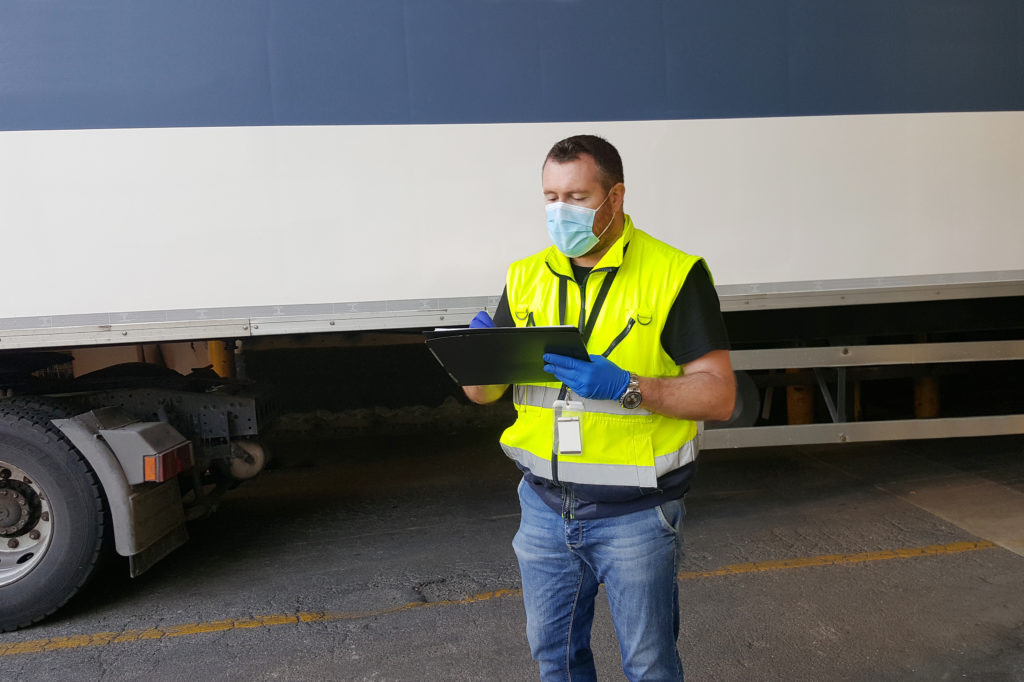
Traffic and safety numbers and trends have seen many changes due to shelter-in-place orders since the beginning of the COVID-19 outbreak.
According to Road Ecology Center at the University of California-Davis’ co-director, Fraser Shilling, traffic volumes have seen a sharp decline since stay-at-home mandates were implemented. Traffic has decreased nearly 80% since March. In California, numbers are only now starting to move back toward any normalcy.
Other counties throughout the country have seen varying effects. In San Francisco, miles traveled per day declined quickly when the Bay Area issued its shelter-in-place order in March–those numbers are still notably low. In Kern county and Siskiyou county, miles traveled also decreased significantly but have since begun to slowly return to normal levels.
Throughout the rest of California, locals saw fewer crashes and highly-improved air quality. Sacramento regional hospitals had a 38% reduction in vehicle-related injuries as well as a 46% reduction in pedestrian and cyclist-related injuries.
When Virginia’s state of emergency was announced in March, traffic volumes decreased rapidly, as well. According to data and system analysis manager for The Virginia Department of Transportation, Sanhita Lahiri, traffic numbers dropped steeply in the northern region of the state, but did not decline nearly as much in Lynchburg–an area where numbers began to increase again much sooner than most of the state.
However, Lahiri said she sees commercial motor vehicle traffic staying the most consistent of any vehicles on the road.
“After [the emergency declaration], the decline kept on happening until it reached a trough around mid-April and then gently started ticking up,” said Lahiri. “The trucks kept continuing because of all the deliveries happening around the state. Truck traffic took some time to go down, and then it didn’t go [down as much] as the rest of the vehicles. It’s creeping back up.”
North Carolina also experienced a major decrease in crashes. The state saw a sharp decline in multi-vehicle crashes–70%, to be exact–between March and April. The state also had a 30% decrease in single-vehicle crashes throughout the same time period., according to North Carolina Department of Transportation’s traffic safety project engineer, Daniel Carter.
“For North Carolina, that has been a significant impact for NDOT across the board,” explained Carter. “That has been a very serious hit to our revenue. The drop-off in miles traveled and the drop-off in the fuel tax revenue is hitting us pretty hard.”
Another serious revenue hit? Tourism.
Overall travel spending throughout the country has been predicted to drop by 45% by the end of 2020. Domestic travel is expected to decrease by 40%–from $972 billion in 2019 to $583 billion in 2020. For international inbound spending, numbers are predicted to drop by 75%–from $155 billion to just $39 billion.
U.S. Travel is calling this The Great Travel Depression. With an economy in recession, the travel industry as a whole is experiencing its own depression. Travel industry unemployment is up by 51%, which is double the unemployment rate of the heaviest-hit year during the Great Depression.
Although the travel economy throughout the United States saw progressive expansion in mid-June, it is still 55% below levels of the same time period in 2019. Overall, the COVID-19 crisis has brought $250 billion in cumulative losses thus far.
States without large metropolitan centers, like Alabama and Mississippi, saw travel economy improvements in late June, but other states saw further decline, like New York. Hawaii, Massachusetts, and the District of Columbia, which had overall declines of more than 70%.
Additionally, the extremely low level of travel spending has cost $32 billion in federal, state, and local tax revenue losses.
Destinations Analysts has found that a major factor in the continuation of travel decline is rooted in Americans’ perceptions of travel activity safety, which has worsened over the end of June. Many business and leisure travelers have completely changed their readiness to travel–which had started to rise just a few weeks prior.
Many are also not ready for tourists to enter their towns–57% of survey respondents said they did not want local visitors in their communities due to a lack of pandemic-related etiquette. Those not wanting any new visitors generally stated that they were less satisfied with the behavior of businesses and residents in their areas while the economy has begun to reopen.
Reader Interactions